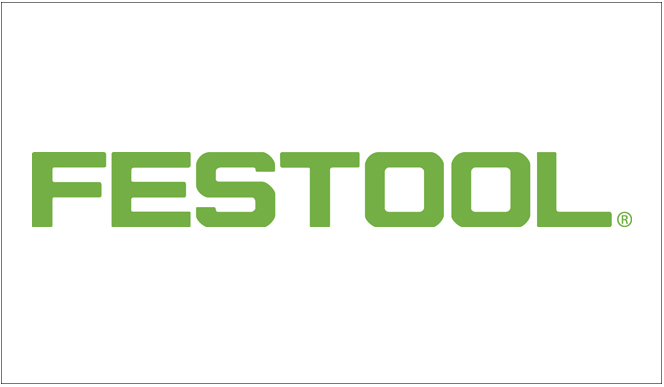
In late March I was invited by Festool’s Horst Geiger and Christian Oltzscher to visit their main offices and manufacturing facilities in Germany. (They were also kind enough to take me and a group of woodworking editors and writers from around the world to a woodworking trade show … it was very cool.) What I saw was a testament to Festool’s unquestioned commitment to quality, from design to manufacture.
Festool, while not a household name on this side of the pond, is a dominant brand in Germany and the rest of Europe. Curiously, I found out that Europe, for some reason, has less of a tradition of hobby or “backyard” woodworkers. For that reason, Festool (formerly Festo) keeps a keen focus on the professional woodworker. Their tools are designed to solve problems that hard working craftspeople face day-in and day-out. A strong focus on what end users really need is the key to why Festool is an industry leader in the European market. It is likely that once a woodworker uses a Festool product, they will be so pleased with its performance that it will lead to the purchase of another one.
Regardless of where you live, quality is expensive, and Festool products are in the upper strata of the woodworking price continuum. And this is by design … or, more accurately, because of their design. One of the points that was emphatically made by the folks in charge of their product design team was that Festool products had to be “measurably superior” in every category in which they entered. They have a large team of people who do nothing but test Festool’s and competitors’ products. A saying that I heard from more than one person was “That which gets measured is that which gets done.” And brother, do they measure stuff! And when they find meaningful data, they use it to create better tools.
Another consistent message put forward by the Festool folks was the importance of systems to their design concepts. A good example is their Rotex 6″ disk sander. It attaches to their proprietary vacuum or dust extraction units: the hose that connects to the sander actually pumps air into the center of the sanding pad, thus making the dust extraction at the edges of the pad more effective and the sandpaper last longer. (It also explains why there are nine-hole sanding disks!) The sander fits into its own Systainer (a componetized storage system) that clips onto the mobile dust extractor/ vacuum for easy portability. Every tool they make has this sort of an integrated system supporting its use, which, in their evaluation, significantly increases the value of their tools.
Because I knew the line of tools that Festool is offering in the U.S. fairly well, I was surprised by the fact that they had many more tools available in Europe. One specific tool, a concentric angle cutting saw, caught my eye. (I really covet that saw!) Christian Oltzscher and his crew are working hard to increase Festool’s U.S. presence and the line of tools available here. And they are making good progress. In 2002 they doubled their sales of 2001, and they are looking to do that again in 2003. Because their quality is a concept that is best experienced, rather than learned from afar, Festool products need to be used to be appreciated. For that reason, hands-on demonstrations, word of mouth and customer testimonials are some of the best ways that the Festool message is getting out. Their web site is another way that woodworkers will be able to get a good look at their product.
I must admit to being a long-time fan of the Festool product line. I have always appreciated quality-built and high performing tools. It is my opinion that if you are not familiar with Festool saws, drills and vacuums right now, you will be soon. And a short time after that, you will want to test drive one or two. If that happens, I also predict a bright future for Festool.





